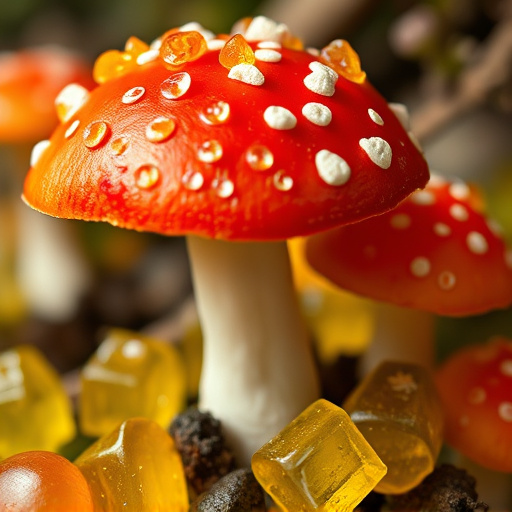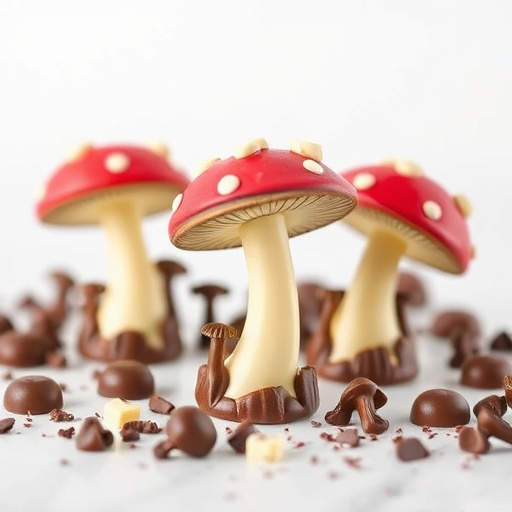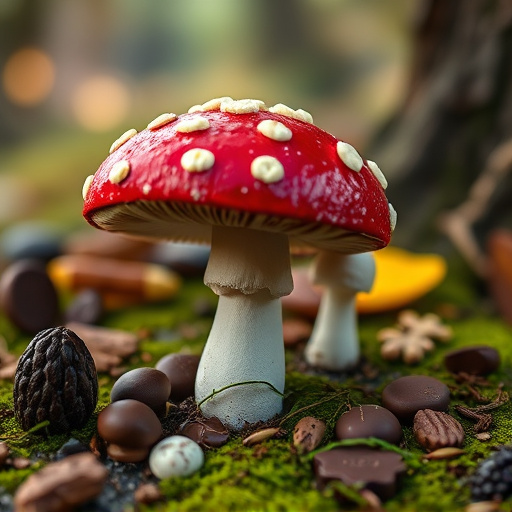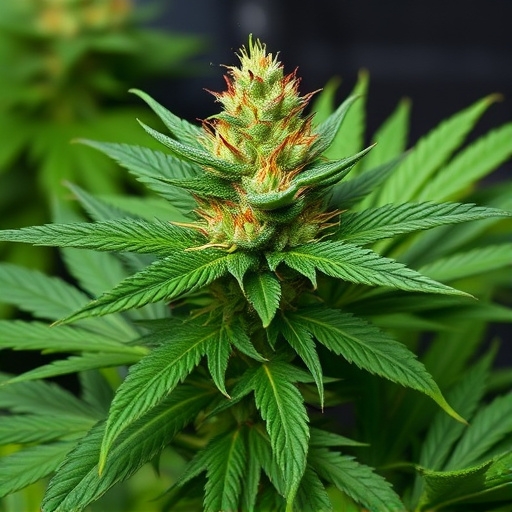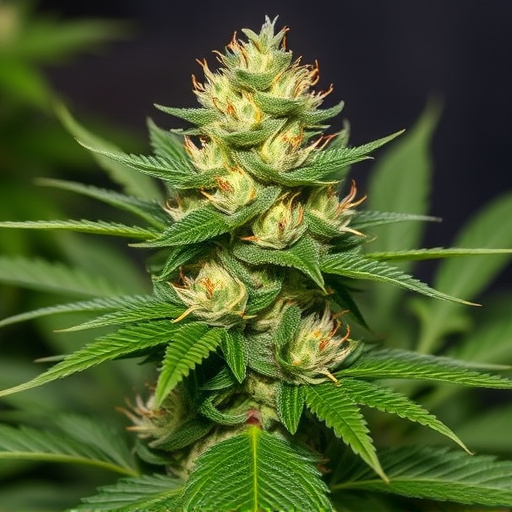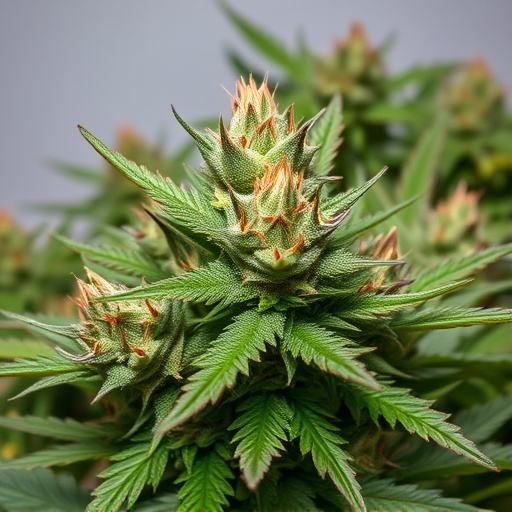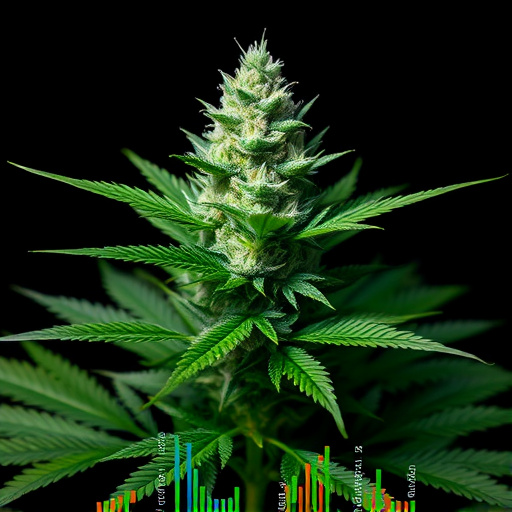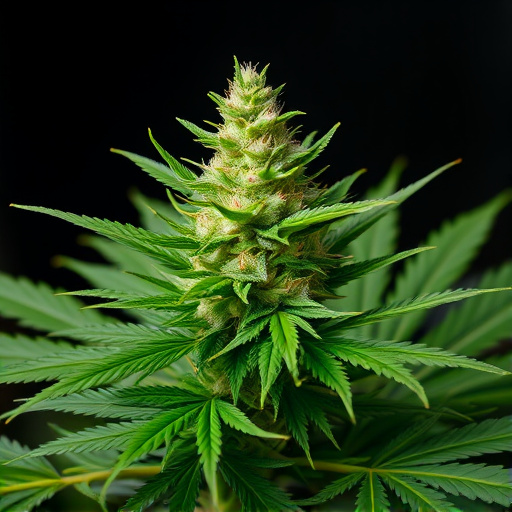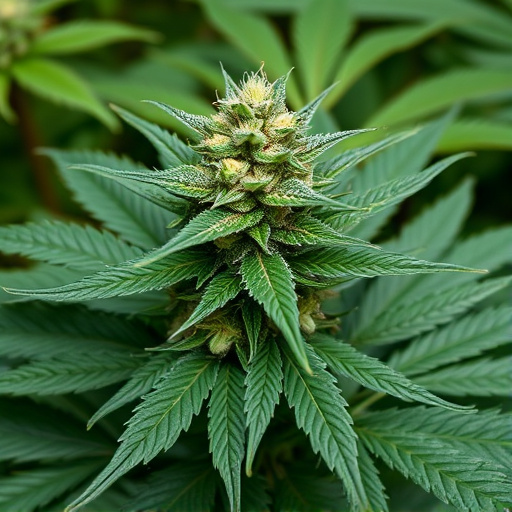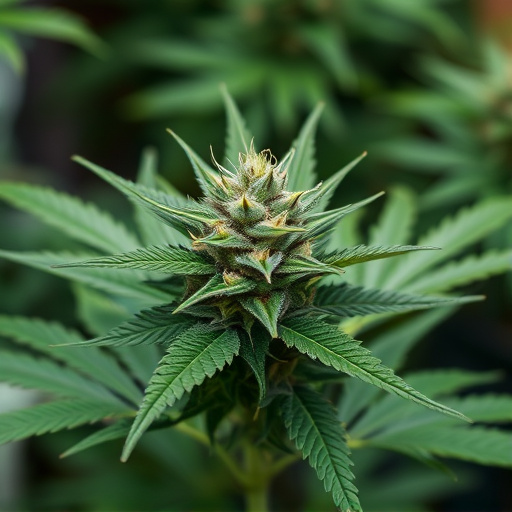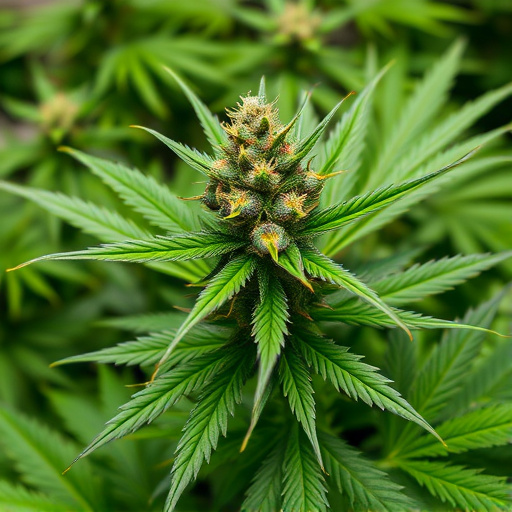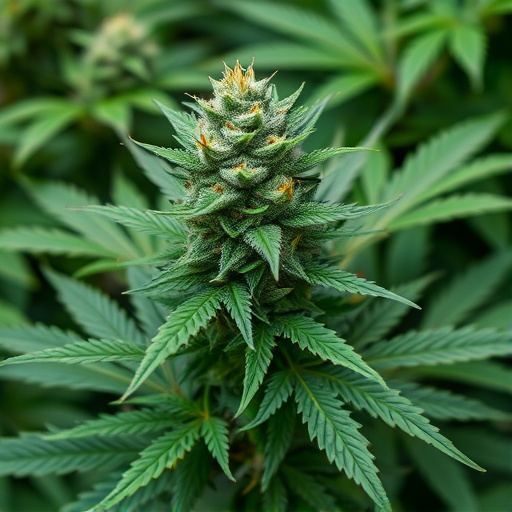The characteristic skunk-like aroma in sativa cannabis strains is driven by terpene composition, particularly myrcene, limonene, and pinene. Terpene profiles are influenced by both genetic strain and environmental factors like cultivation methods and climate. Growers can manipulate these variables to achieve specific scent profiles, leveraging terpenes' roles in plant defense. The unique combination of these terpenes defines the intensity and character of each strain's aroma.
Discover why some cannabis strains exude a stronger skunk-like aroma than others. This exploration delves into the intricate interplay between chemical composition, genetic background, and cultivation techniques. Learn how specific terpenes like myrcene, limonene, and pinene contribute to the distinct skunky odors we associate with certain strains. Uncover the secrets behind varying terpene profiles in indica, sativa, and hybrid cannabis plants, as well as the environmental factors that shape their aromatic characteristics, including insights into cultivation practices for optimal scent development.
- Chemical Composition and Terpene Profile
- – Explanation of terpenes and their role in cannabis aroma
- – How specific terpenes like myrcene, limonene, and pinene contribute to skunky odors
Chemical Composition and Terpene Profile
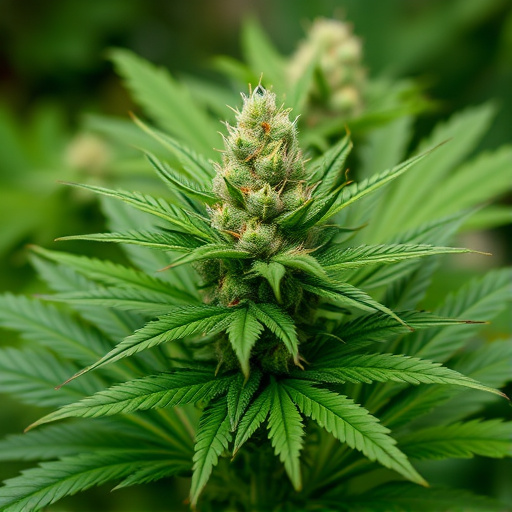
The distinct skunk-like aroma associated with certain cannabis strains is largely attributed to their chemical composition, specifically the presence and ratio of terpenes—volatile organic compounds responsible for the plant’s unique scents. Sativa cannabis strains often exhibit a higher concentration of myrcene, a terpene known for its earthy, musky, and slightly skunk-like notes. This characteristic gives many sativa varieties their recognizable fragrance.
The terpene profile is not solely determined by the strain but also by environmental factors like cultivation methods, climate, and growing conditions. Some growers even manipulate these variables to achieve specific scent profiles. Terpenes play a crucial role in attracting pollinators and repelling pests, which makes them an essential part of the cannabis plant’s natural defense mechanism. This complex interplay of chemicals contributes to the diverse aromas we experience across different sativa strains.
– Explanation of terpenes and their role in cannabis aroma
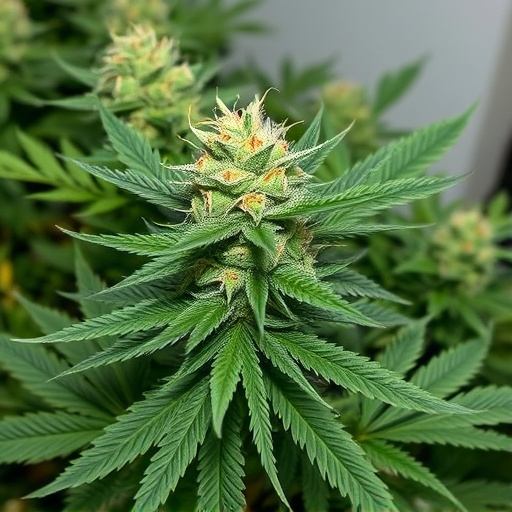
Cannabis plants produce a diverse array of aromatic compounds known as terpenes, which play a significant role in shaping the unique scents and flavors associated with different strains. Terpenes are volatile organic compounds (VOCs) that contribute to the overall aroma profile of cannabis. Each terpene has its own distinct chemical structure and characteristic odor, ranging from fruity and floral to spicy and pungent notes. The presence and relative abundance of specific terpenes in a cannabis plant directly influence how skunk-like or otherwise the strain’s aroma will be.
Sativa cannabis strains, known for their invigorating and cerebral effects, often feature terpene profiles that emphasize more citrusy, piney, or floral aromas. These terpenes, such as limonene, pinene, and linalool, are responsible for the refreshing and uplifting scents commonly associated with sativas. In contrast, other strains may have higher levels of myrcene, a terpene known for its earthy, musky, and slightly skunk-like notes, which contribute to the ‘skunkier’ aroma often observed in certain cannabis varieties.
– How specific terpenes like myrcene, limonene, and pinene contribute to skunky odors
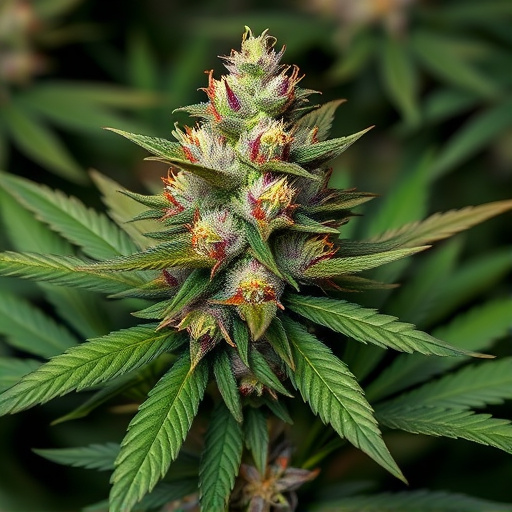
The distinctive skunk-like aroma in cannabis is largely attributed to specific terpenes present in the plant. Terpenes are volatile organic compounds responsible for the unique flavors and aromas of many plants, including cannabis. Among these, myrcene, limonene, and pinene play a significant role in imparting skunky notes.
Myrcene is one of the most prevalent terpenes in cannabis, especially in indica strains. It has a strong, earthy, and musky scent that can contribute to the overall skunkiness. Limonene, on the other hand, offers a bright, citrusy aroma, often enhancing the skunkier profile when present in higher concentrations. Pinene, with its pine-like fragrance, adds another layer of complexity to the skunk notes, particularly in sativa cannabis strains. The combination and ratio of these terpenes determine the intensity and character of the skunk scent, making some strains more pungent than others.
The distinct skunk-like aroma in certain cannabis strains is largely attributed to their unique terpene profile. Terpenes, such as myrcene, limonene, and pinene, play a crucial role in shaping the overall scent of cannabis. Sativa cannabis strains often exhibit higher levels of these terpenes, resulting in a more pronounced skunky odor. Understanding this chemical composition empowers consumers to choose strains that align with their preferences, ensuring a more enjoyable experience tailored to individual tastes.
